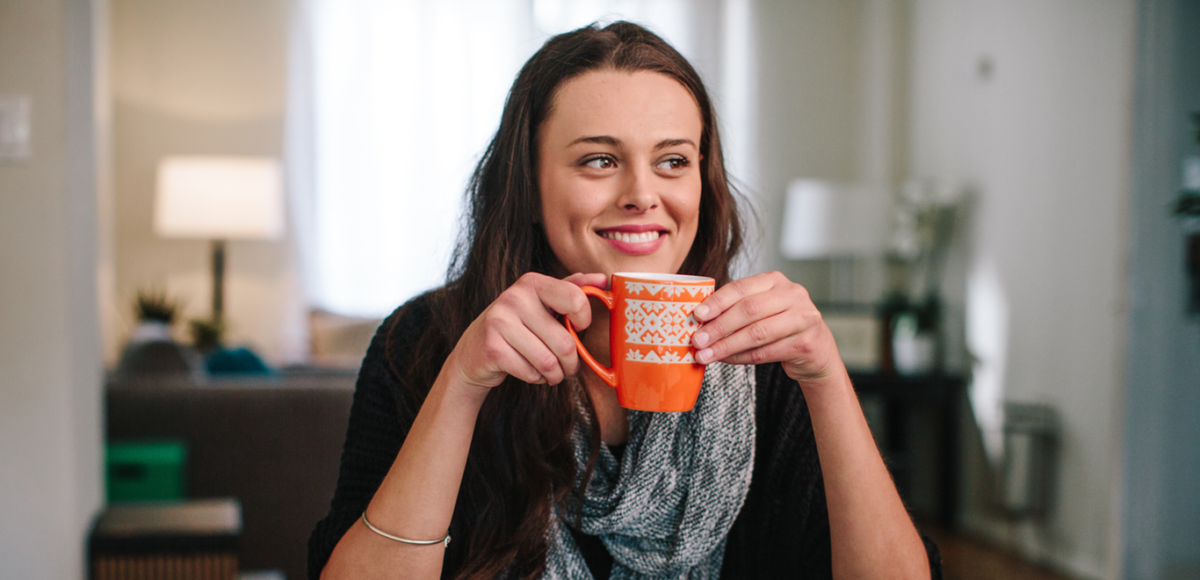By Marilyn Zelinsky-Syarto
Across the U.S., quality on-campus housing is often hard to find — and there’s no guarantee you can live on campus for all four years of college. Many students have to live off campus, but should you try to rent a safe, decent apartment, or do you seek an off-campus community built with the student lifestyle in mind?
Off-campus communities, sometimes referred to as purpose-built student accommodations (PBSA), are designed to blend the dorm lifestyle with apartment rental living. Learn about the benefits of living in one of these college student communities and how to locate one.
The Pros
PBSAs tend to be fairly state-of-the-art buildings designed with the student and the parent in mind. “They cater to a younger demographic of renters and supply a range of amenities that would appeal to younger generations,” says Laurie Snure of Places4Students.com, a website that has been connecting students with off-campus housing, including PBSAs, since 2003. “They often come equipped with superb amenities including study rooms, recreational areas, and communal lounges.”
These properties also cater to parents who are interested in the security of off-campus housing, adds Snure. Parents can take comfort in knowing that a PBSA is located in a safe location and has controlled access entries into the buildings and individual units. Parents also feel good knowing that their students enjoy larger living quarters, in-unit washers and dryers, and storage, according to Places4Students.com.
Some PBSAs come fully furnished, and others don’t. “The cost of ‘leasing’ the furniture in a fully furnished unit is usually built into the rental rate,” explains Snure. Students who need to outfit an empty space have the flexibility to bring their own furniture or rent it for the semester. Renting is convenient because it saves the hassle and cost of transporting furnishings at the beginning and end of the school year.
The Cons
Snure explains that depending on the market, some PBSAs may only offer 12-month leases, requiring the student to either sublet or pay for rent when they are not inhabiting the unit during semester breaks. (In competitive markets, some PBSAs offer more flexible leases that are better suited to the student lease cycle.) In addition, many landlords prefer that parents or guardians co-sign the lease to ensure payment.
Another downside of a PBSA is that it might be a little more expensive than living in a dorm or traditional rental. Depending on your needs and comfort level, it’s worth it to feel secure while living off campus.
The Costs
On average, the cost of a PBSA unit may fall into the $500 to $600 range and even up to $900 a month depending on the city, proximity to the university, and amenities.
If a PBSA is designated as a luxury student housing option, then it naturally commands higher rent, but it also provides top amenities and services, such as a shuttle to and from campus, high-speed internet, or extreme luxuries such as heated salt-water indoor pools and tanning salons, explains Snure.
A basic PBSA should fall into the lower end of the pricing category, but it still caters to students, just not with the bells and whistles of a luxury PBSA.
Finding a PBSA
To get ahead of the game, talk to your school’s housing office and get an idea of what on-campus housing costs and entails. Since lavish residence halls and dorms can include competitive and costly upgrades, such as walk-in closets, gas grills, flat-screen TVs, granite countertops, and maid service, an off-campus student community might just be the perfect — and more pragmatic — place to apply for housing.
After settling on living arrangements, CORT Furniture is a rich source of furniture rental for students who are bound for unfurnished PBSAs or other off-campus housing.






